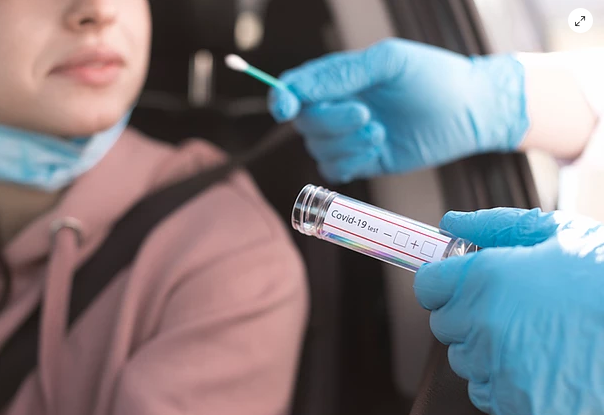By Esperanza Regueras, CEO of Axis Pharma
Everyone’s attention is fixed on treatment and vaccination as the keys for the COVID-19 crisis solution. There sure will be innovations that could make the difference in the mid-term, but, how can we fight the SARS-COV-2 meanwhile? The answer is simple: diagnosing infected people in a few minutes using a point-of-care test. Is that possible? Not currently but it could be ready soon.
The efficient spread of this virus is highly linked to the presence of at least a 40% of asymptomatic infected people as well as the time-frame between the infection and the development of symptoms (average of 4-6 days but as long as 14 days). All the infected people without symptoms have the ability to infect many people they interact with before they are diagnosed by a PCR (in the best case). Even worse, they could continue without symptoms and infect many other people without a confirmed diagnosis.
It is clear that in Europe, the virus arrived from China. People traveling to EU countries brought the virus. The spread within Europe was fast thanks to these 40-50% of asymptomatics and the delay between the infection and the symptoms so we could estimate that a few people from China started the whole epidemic crisis in Europe.
Because of these particular characteristics of the COVID-19 infection, we were not able to separate the infected for isolation in a quick and effective way and as consequence, in march we arrived to the most drastic and dramatic measure: full confinement of all population for longer than two months, in the case of Italy, and even longer in other EU countries, such as Spain.
Full population confinement is not a very modern measure, I must say, and some reporters have already pointed out that is a medieval decision. The root of all the confinement relies on the toil to identify and separate the infectious and noninfectious subjects, particularly difficult due to the profile of this virus as previously discussed.

Currently available detection tools are able to either diagnose the presence of the virus by PCR (requiring highly specialized equipment and a complex process that takes at least 5-6 h) or the presence of antibodies (detecting the Ab generated as response to the virus that could appear over 7 days after the infection). None of these procedures are good enough to separate the infected in a fast and accurate way.
Let’s think about the ideal characteristics of a diagnostic test that will allow us to fight this virus efficiently avoiding the full lockdown:
With such test we will be able to diagnose all suspected cases immediately, all contacts of a confirmed positive, all travelers entering our countries…It would be a game changer!
Some companies have recently announced the commercialization of antigen POC test, including Roche, Abbott and the Spaniard Vircell[1]. Antigen test have 96% sensitivity and up to 99% specificity. The estimated cost per test will be 5 euros (as published recently).
The availability of theses POC test will be a huge game changer in fighting the virus as will allow the immediate identification of infected people in a very accurate way at low cost. PCR testing will be helpful to quantify the viral load but not used as a tool to identify and separate infected vs non-infected people. These tests arrive at a crucial moment, although the PCR volume has been increased significantly in the last months in Spain, the maximum current capacity for testing is around 100,000 test per day. Clearly not enough to assess all the suspected cases. Even more, the testing must be expanded not only to suspicious patients but to all the population that is entering EU, all the caregivers, healthcare personnel, et cetera…This new test will make the difference and will allow a quick, massive, accurate testing at low cost.
Therefore, the answer is yes! Before the end of 2020, we could have a new rapid test able to detect the virus in a few minutes. This, in my opinion, will be a true game changer! A vaccine and treatments will sure come, but they need a minimum number of months to arrive to the market with all the efficacy and safety warranties needed and requested by the authorities. We surely could cut off some months, but the rush might possibly be dangerous.
That’s why my short-term hopes are placed on this new antigen test.
References:
[1] Find out more about this here.